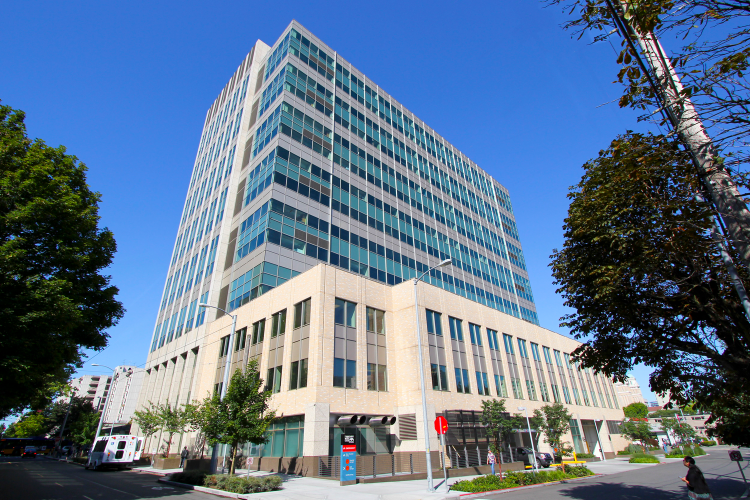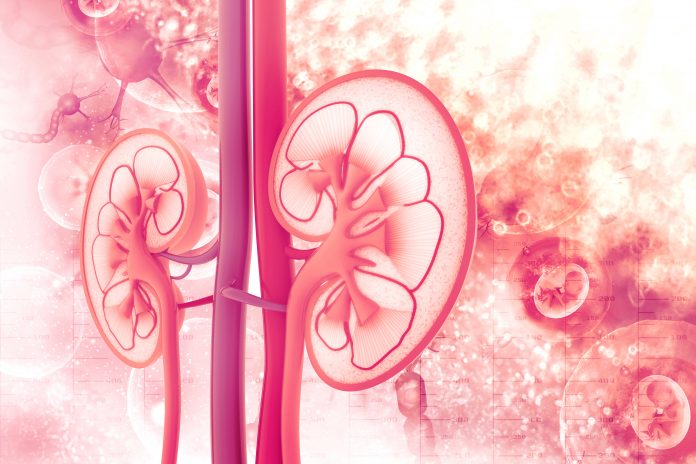CGM identifies glycemia patterns in real time for patients on dialysis


Clinical Research: Diabetes and the Kidney
Glycemia Assessed by Continuous Glucose Monitoring among People Treated with Maintenance Dialysis
Authors:
de Boer, Ian H.; Anderson, Lisa D.; Ashford, Nathaniel K.; Ayers, Ernest; Bansal, Nisha; Hall, Yoshio N.; Hirsch, Irl B.; Hoofnagle, Andrew N.; Hsu, Simon; Jones, Evelin; Lidgard, Benjamin; Limonte, Christine P.; Linke, Lori J.; Marnell, Chris C.; Mayeda, Laura; McNamara, Elizabeth; Mehrotra, Rajnish; Pesenson, Anne; Porter, Julie M.1; Rivara, Matthew B.; Roberts, Glenda V.; Shanaman, Beth; Trikudanathan, Subbulaxmi; Watnick, Suzanne; Wilkens, Katy G.; Zelnick, Leila R.
Key takeaways:
- CGM identified certain groups at higher risk for hyperglycemia, including patients with treated or untreated diabetes on dialysis.
- CGM also identified groups with a reduced risk for hypoglycemic episodes.
Continuous glucose monitoring may help to identify patterns of glycemia that are not clinically evident with HbA1c testing, according to results of a study published in Journal of the American Society of Nephrology.

Hyperglycemia and hypoglycemia pose several clinical risks, including cardiovascular events, infection and death, according to Ian H. de Boer, MD, MS, professor of medicine in the division of nephrology at the University of Washington in Seattle and director of the Kidney Research Institute, and colleagues. However, the association between glycemic complications and kidney failure is not well established due to the “inaccuracies” and “imprecisions” of HbA1c testing, the researchers wrote in the study background.
“We wanted to use continuous glucose monitoring (CGM) to ‘look under the hood’ and observe the range of glycemic patterns in the dialysis population as a first step to understand what is going on and what we might be able to improve with new therapies,” de Boer told Healio.
Thus, de Boer and colleagues recruited 420 patients (mean age, 61 years; 60% men; 48% white) treated with maintenance dialysis to assess clinical metrics with a Dexcom G6 Pro CGM.
Specifically, 263 patients with diabetes (66% treated with glucose-lowering medications; 33% untreated) and 157 patients without diabetes were included. Patients were treated with hemodialysis (86%) or peritoneal dialysis (13%).
Mean blood glucose, time in range and glycemia events were the primary measures, tracked during a mean 8.6 days.
Data showed mean blood glucose levels were highest for patients with treated diabetes on hemodialysis or PD (212 mg/dL and 230 mg/dL, respectively) compared with the untreated group (162 mg/dL and 160 mg/dL, respectively) or patients without diabetes 121 mg/dL and 141 mg/dL, respectively).
In addition, patients with treated diabetes on hemodialysis or PD spent the lowest amount of time in the target glucose range of 70 mg/dL to 180 mg/dL (44% and 33%, respectively) compared with the untreated (71% and 70%, respectively) or no diabetes groups (77% and 55%, respectively).
Among patients with diabetes, the treated group had a higher mean HbA1c compared with the untreated group (7% vs. 5.7%). Patients on PD had higher mean glucose levels than those on hemodialysis (182 mg/dL vs. 168 mg/dL).
“Peritoneal dialysis patients absorb dextrose from their dialysis treatments through their peritoneum,” de Boer told Healio. “That dextrose load, plus the fact that it happens many hours per day and may disrupt normal mealtime responses, probably explains a lot of the hyperglycemia in peritoneal dialysis patients.”
In total, 714 episodes of level 1 hypoglycemia (35% of patients) and 179 episodes of level 2 hypoglycemia (14% of patients) occurred.
Notably, hypoglycemia rates were higher for patients on hemodialysis with treated diabetes or without diabetes (15% and 18%, respectively).
Risks for hypoglycemia were lower for patients with treated diabetes (adjusted RR = 0.42; 95% CI, 0.26-0.66), untreated diabetes (aRR = 0.44; 95% CI, 0.24-0.8) compared with patients without diabetes and for patients on PD (aRR = 0.33; 95% CI, 0.15-0.69) compared with those on hemodialysis.
Overall, the researchers indicate CGM offers potential for tracking glucose levels consistently and tracking the prevalence of hyperglycemia and hypoglycemia episodes.
“Even a single period of CGM monitoring can help clinicians better understand whether the patient’s glycemic control is adequate,” de Boer said. “CGM can also help suggest appropriate treatment regimens and guide specific lifestyle and medication choices in real time.”
De Boer also highlighted several opportunities for future CGM research.
“This opens a lot of important new directions for research, including studying how glycemia measured by CGM relates to clinical outcomes, the pathophysiology underlying glycemic patterns and what we can do for treatments to effectively control hyperglycemia in dialysis patients,” he said.
Read:
Continuous Glucose Monitoring Uncovers Hidden Glycemic Risks in Dialysis Patients
CGM identifies glycemia patterns in real time for patients on dialysis
Glycemia Assessed by Continuous Glucose Monitoring among People Treated with Maintenance Dialysis











